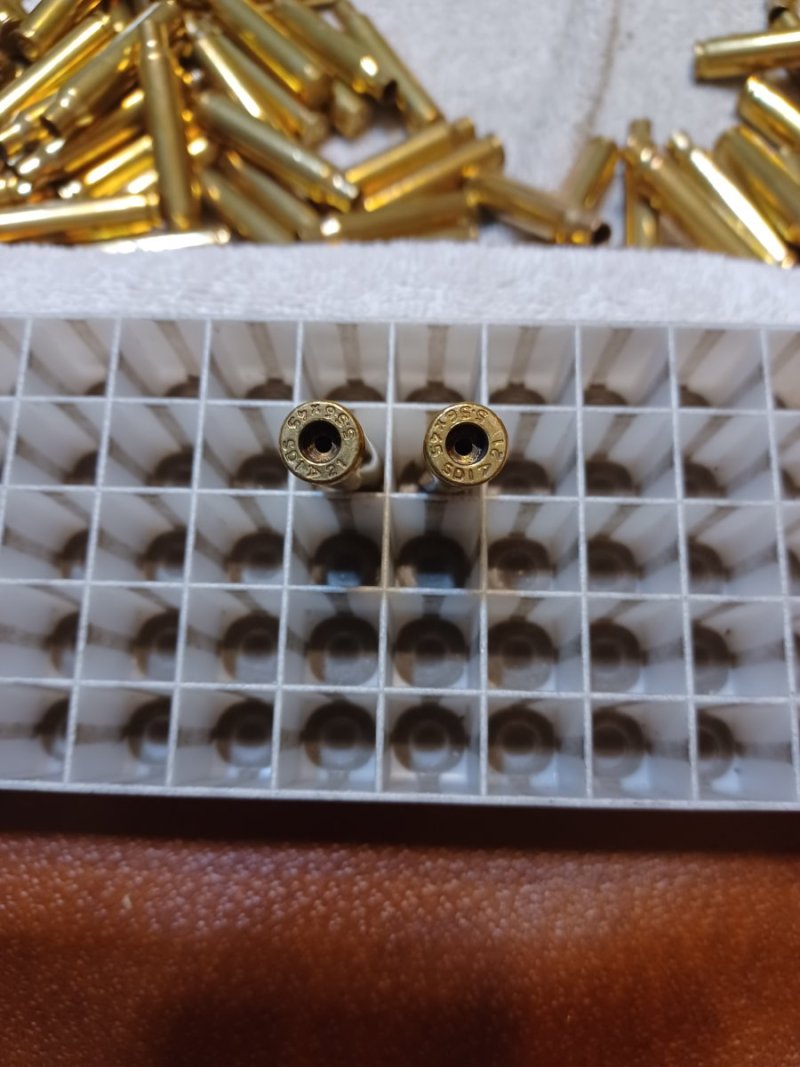I bought a bag of new Winchester 25-06 brass a while back and got ready to load em up. Just for giggles I got out the beams and started weighing em. Well now I've got them sorted and their is as much as 7/10 of a gram (roughly 10 grains) of difference in the cases. Seems like an awful lot. Hopefully it'll pay off down range. Is anybody else doing this? Which brands have you found to be most consistent. Any other differences you've noticed inconsistent length etc? I've always had good luck and very good accuracy as well as long life with the Winchester brass in my .30-06 and I wonder how much difference it'll make if I sort those?
Thanks BHJ
Thanks BHJ
Last edited:










